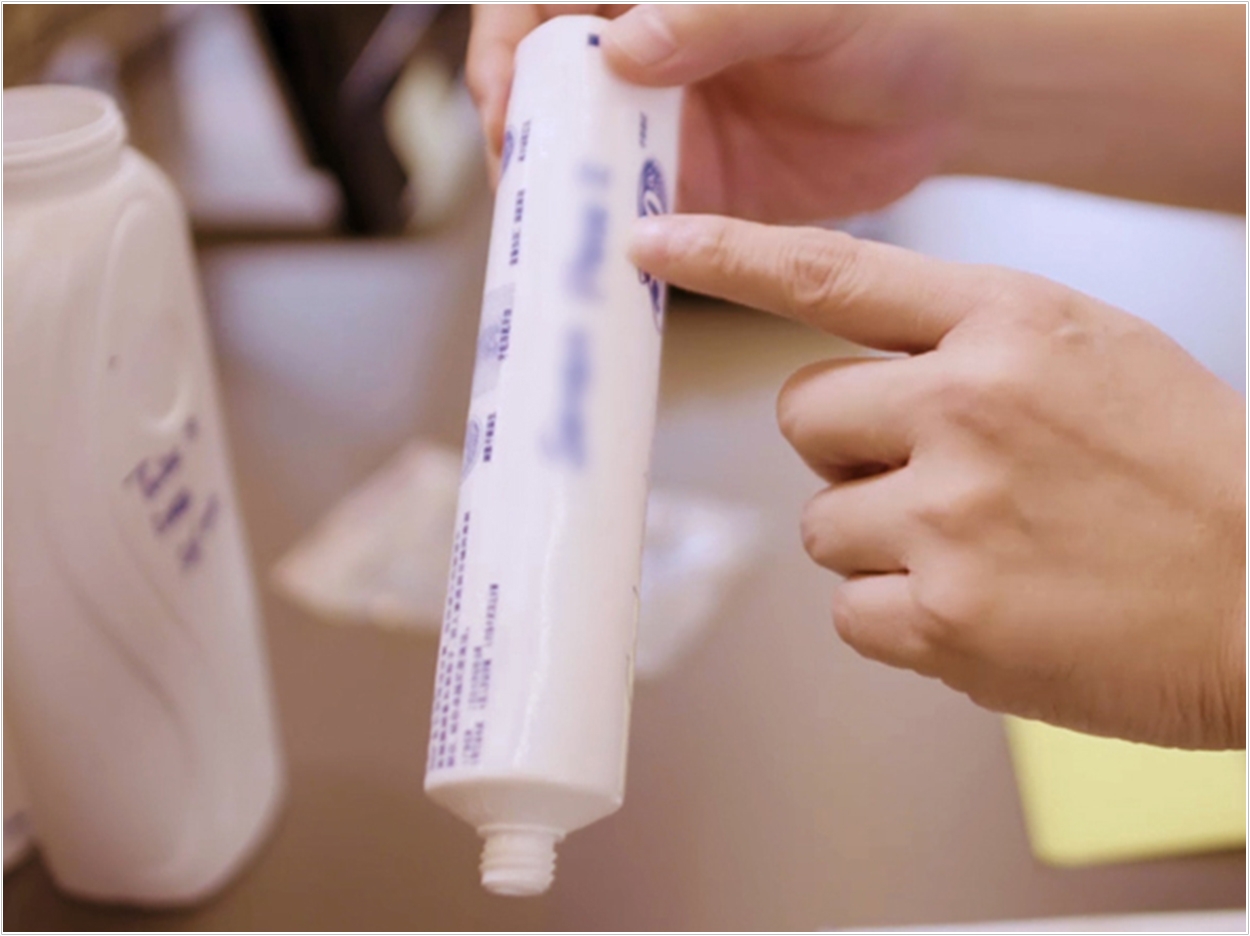
The Association of Plastic Recyclers (APR) has recognized Colgate’s recyclable toothpaste tube, which the company calls the first of its kind in the industry. Colgate’s design, the company adds, is the first oral care or personal care tube to earn APR recognition for recyclability.
Under development for more than five years, the tube will debut under Colgate’s Tom’s of Maine brand in the United States in 2020, followed by rollout to select global markets under the Colgate brand. The company plans to fully convert to recyclable tubes by 2025, when all of its products will be in 100% recyclable packaging.
“Building a future to smile about means finding new packaging solutions that are better for the planet, but until now there hasn’t been a way to make toothpaste tubes part of the recycling stream,” said Justin Skala, executive vice president, chief growth and strategy officer for Colgate-Palmolive.
“Once we’ve proven the new tube with consumers, we intend to offer the technology to the makers of plastic tubes for all kinds of products. By encouraging others to use this technology, we can have an even bigger impact and increase the long-term market viability of this solution,” Skala said.
“The Association of Plastic Recyclers appreciated the opportunity to partner with Colgate on this important project. Tubes are one of the most widely used forms of plastic packaging that still cannot be recycled. There is a lot of work ahead, but we believe Colgate is off to a great start,” said APR president Steve Alexander.
Toothpaste accounts for about 20 billion tubes each year around the world, Colgate said. Most of these tubes are made from sheets of plastic laminate, usually a combination of different plastics, often sandwiched around a thin layer of aluminum that protects the toothpaste’s flavor and fluoride. The mix of materials is pressed into a single film, making recycling impossible through conventional methods.
To make a recyclable tube, Colgate chose high-density polyethylene (HDPE), the widely recycled “No. 2” plastic popular for bottle making. But because HDPE is rigid, it isn’t well suited for ultra-thin laminate sheets and soft, squeezable tubes.
Colgate’s engineers, however, recognized that they could use more than one grade of HDPE in their designs. The engineers then tested a dozen different combinations from six to 20 layers to find the mix that allows people to comfortably squeeze out all of the toothpaste, protects the integrity of the product, and meets the demands of high-speed production.
To receive APR recognition, Colgate also tested whether its tube could navigate the screens and conveyor belts at the materials recovery facilities that sort recyclables. Colgate used radio frequency identification tags to track the tubes and prove they would be properly sorted with plastic bottles.
And to demonstrate that the recyclable tube material could be repurposed after recycling, which is another critical part of gaining APR recognition, Colgate ground up the tubes to successfully make new plastic bottles.
Colgate intends to engage organizations like APR elsewhere in the world to expand the use of its new tube. The company also hopes to build awareness and support among other recycling shareholders, such as materials recovery facilities, the reclaimers that produce resin from recycled plastic, and the municipalities that operate recycling programs.
The company also is partnering with groups such as More Recycling, which works with organizations to navigate the recycling infrastructure and support sustainable choices, and the recycling partnership, which provides grants, technical assistance, and communication support to states, cities, and communities to improve recycling.
“Colgate people are excited about this challenge and meeting our goal of 100% recyclable packaging,” said Ann Tracy, vice president global sustainability, EOHS, and supply chain strategy at Colgate.
“We’re committed to using less plastic and more recycled material in our packaging. We’re helping to strengthen recycling by supporting the Closed Loop Fund and other Efforts. And we’re exploring new ingredients and models, including TerraCycle’s Loop initiative for reusable, refillable packaging,” Tracy said.
Related Articles
Amalgam Separator Cap Reduces Carbon Footprint
Colgate Expands Oral Health Education Program to Boys & Girls
Colgate Salutes Young Researchers With CARE Grants


